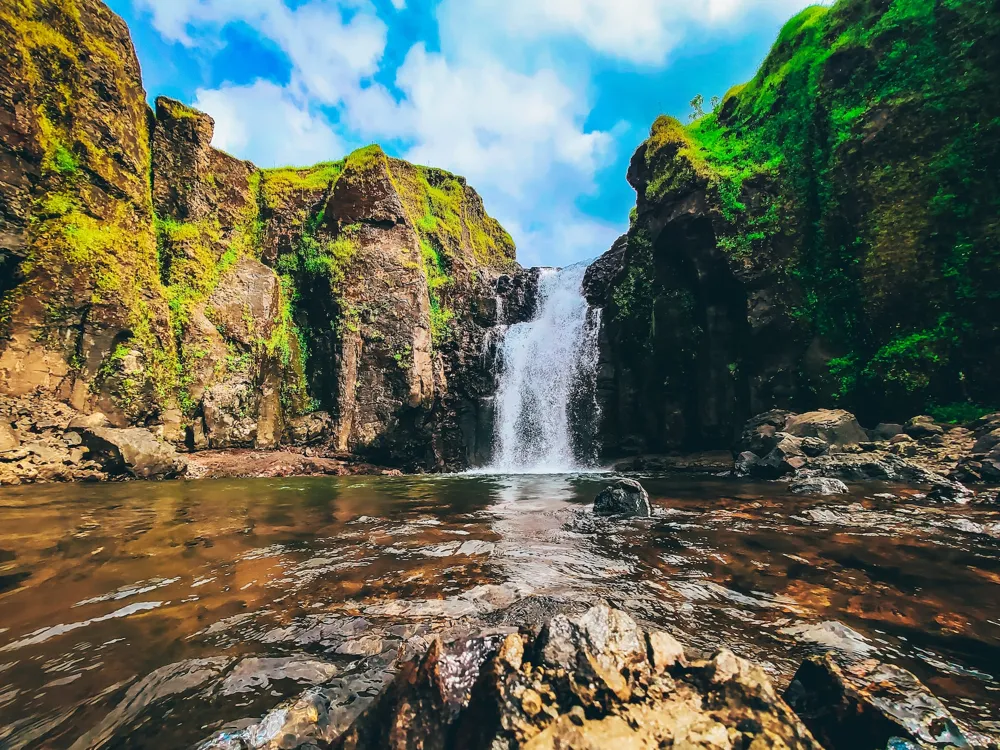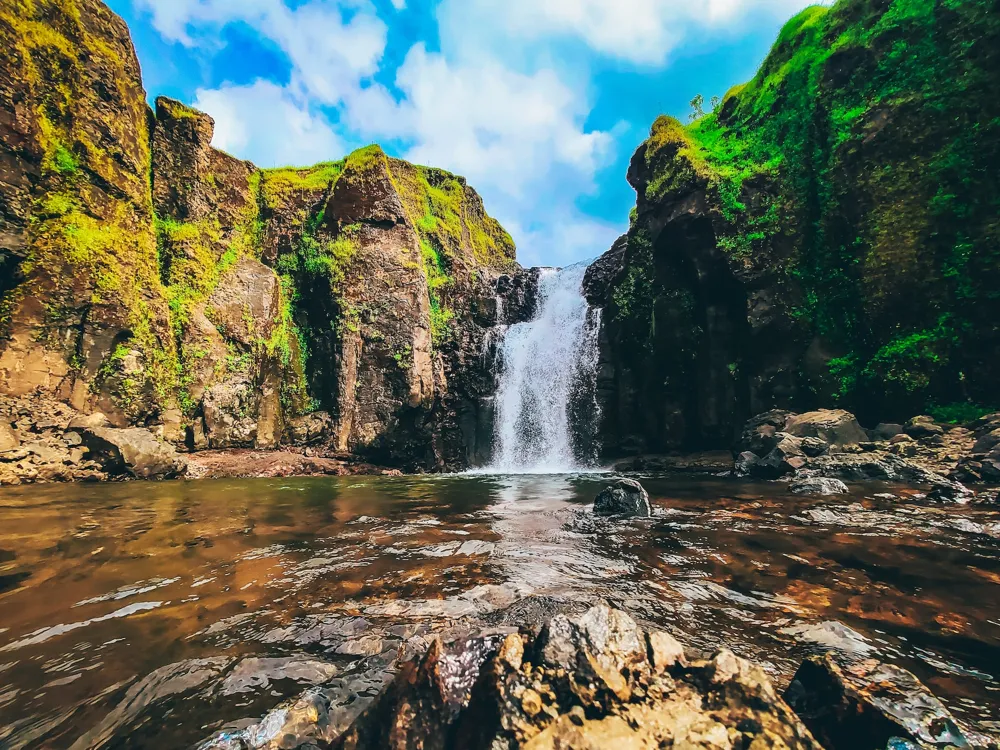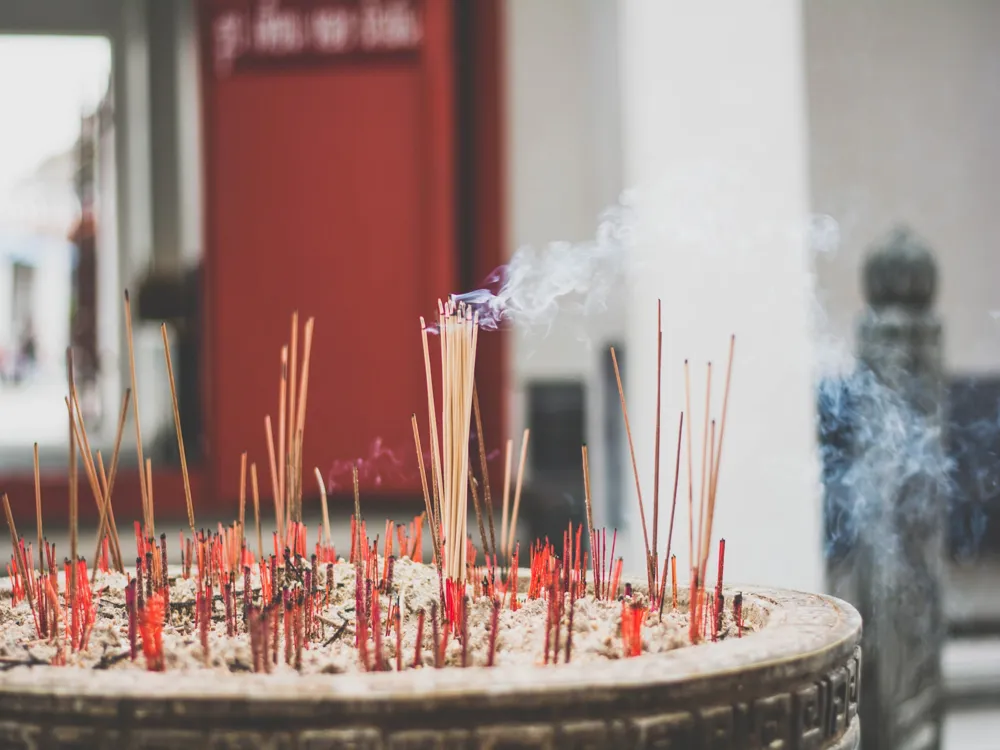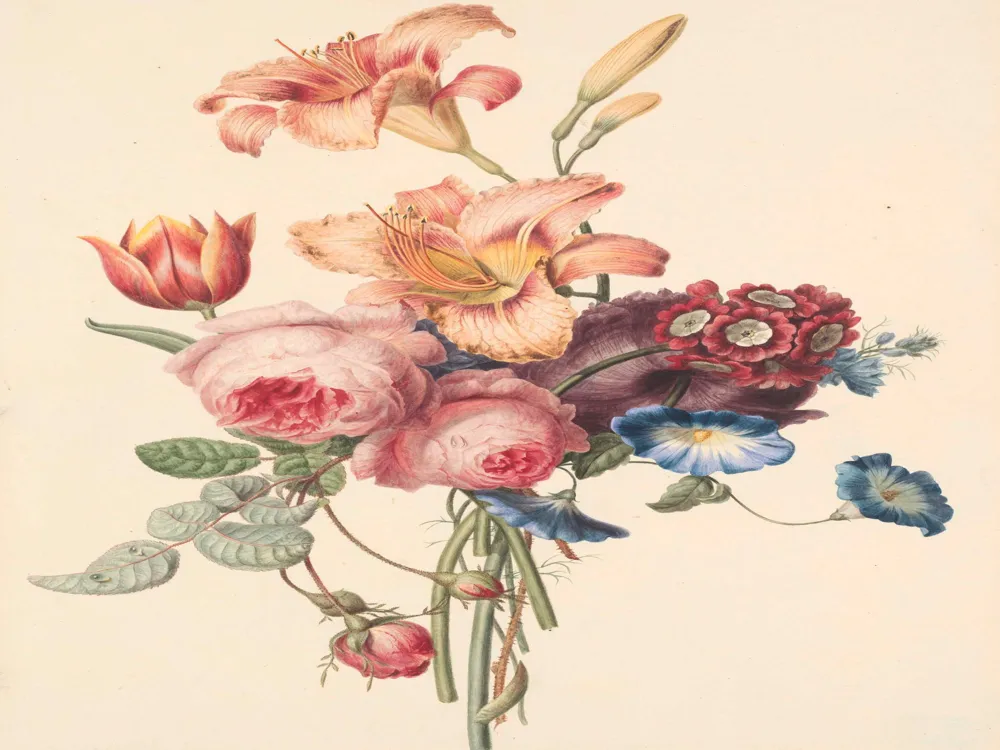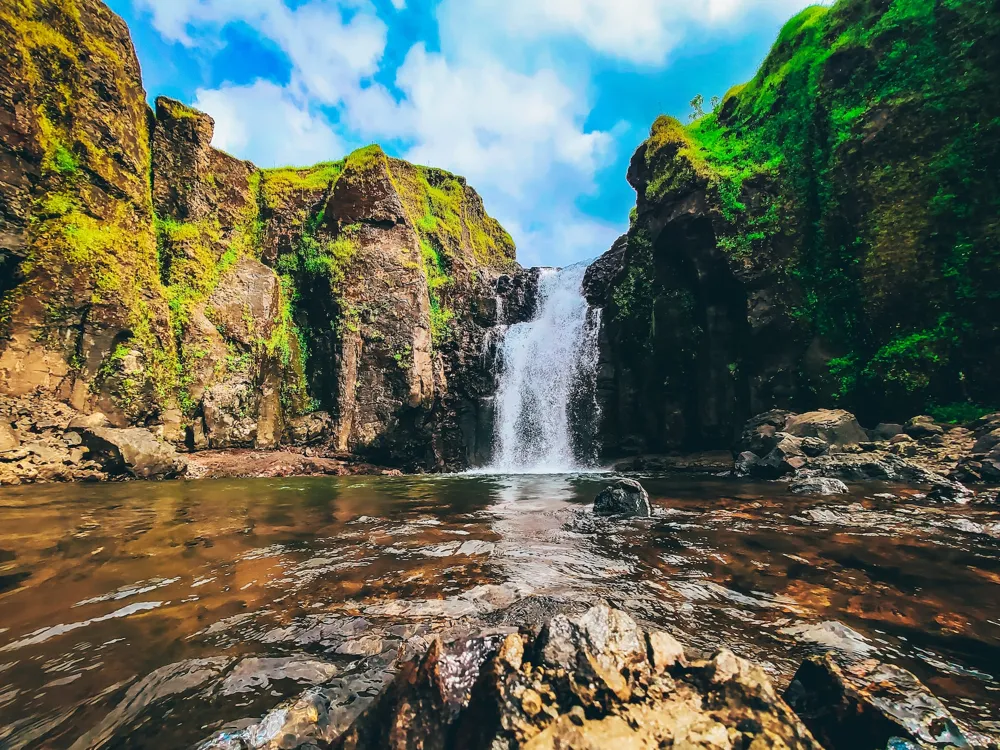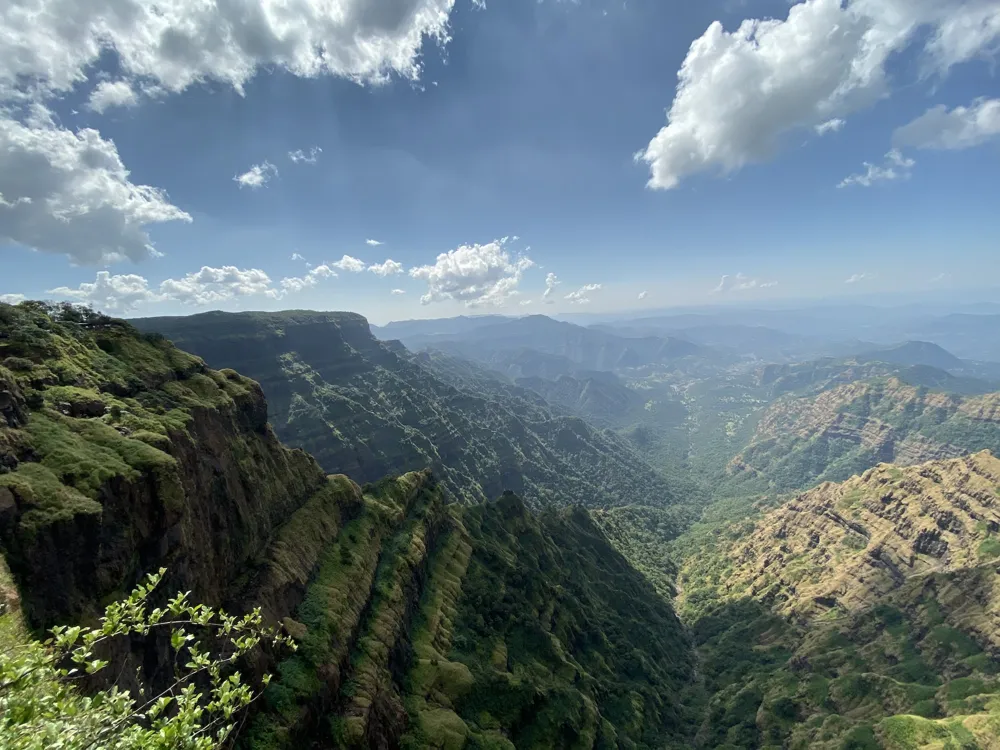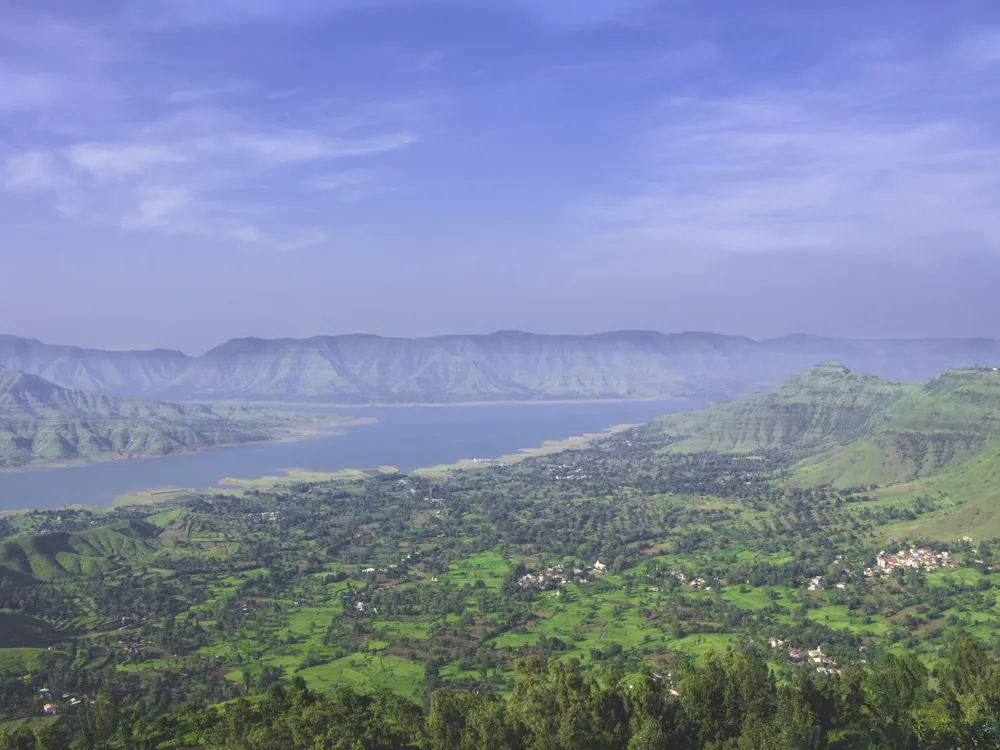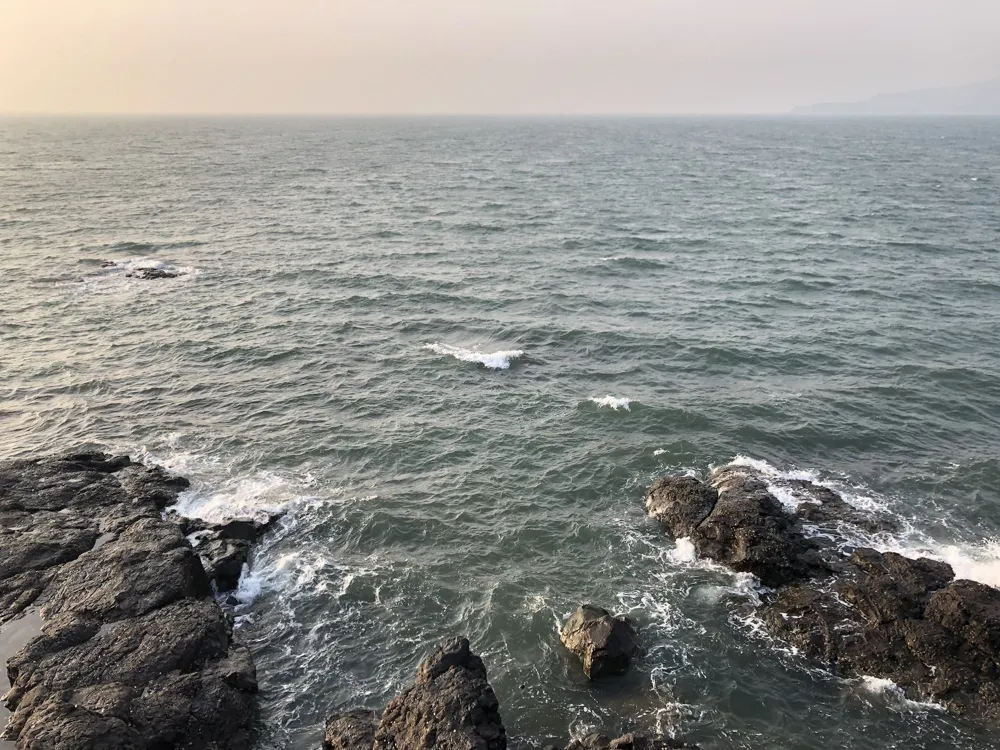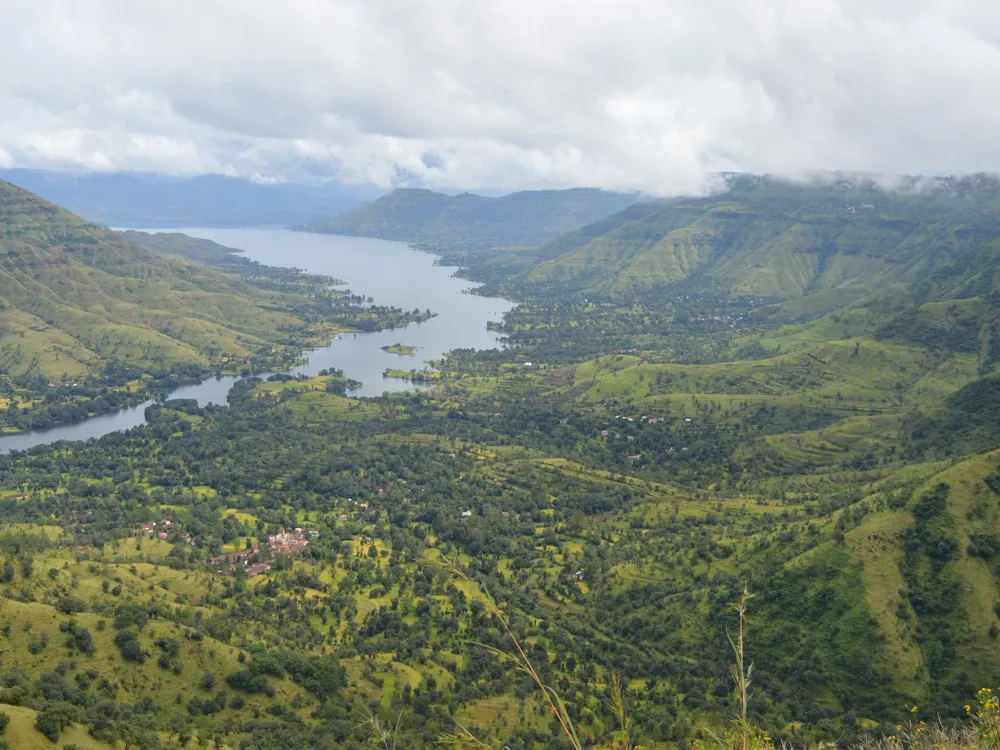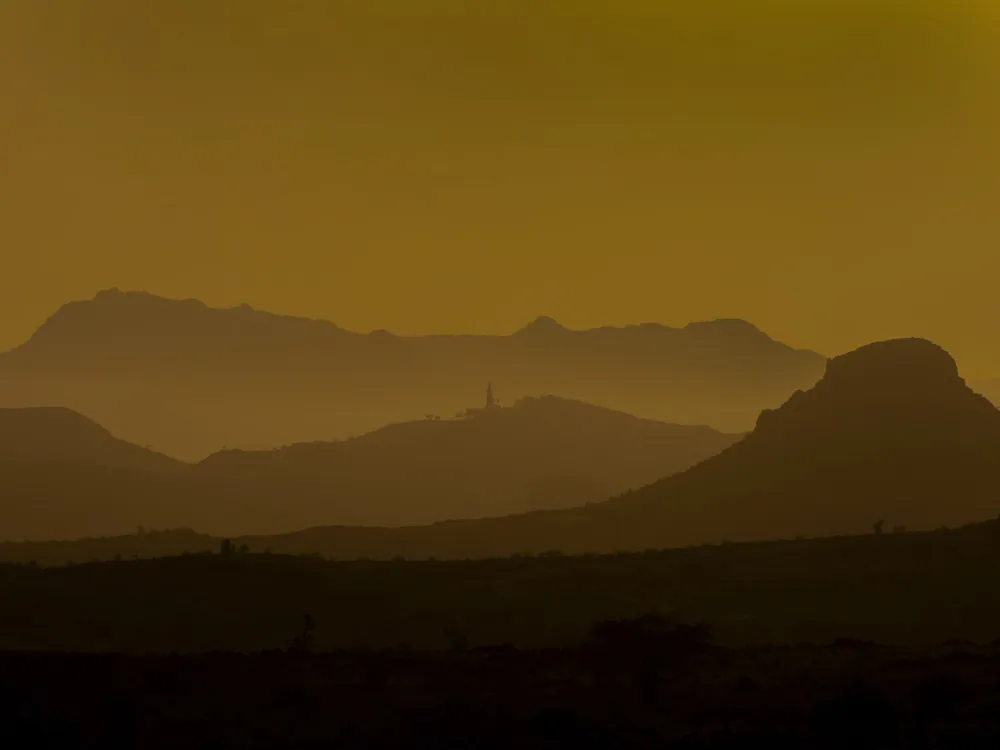Dajipur Wildlife Sanctuary, a hidden gem in the Sahyadri Range of Maharashtra, is a testament to India's rich biodiversity. This sanctuary, situated near the border of Goa in Kolhapur district, Maharashtra, spans over a vast area and offers a unique blend of flora and fauna. The region is characterized by rugged mountains and dense forests, making it a haven for wildlife enthusiasts and nature lovers. Dajipur Wildlife Sanctuary is renowned for its population of Indian Bison or Gaur and hosts a variety of other species including leopards, sloth bears, and numerous bird species. The sanctuary's topography is a mix of rugged hills and deep valleys, interspersed with meandering rivers and tranquil lakes. This diverse landscape provides a perfect habitat for a wide range of animals and plants. The forest cover mainly consists of semi-evergreen and deciduous trees, with teak being predominant. The undergrowth is rich with medicinal herbs and exotic shrubs, adding to the sanctuary's ecological value. The unique geographic location of Dajipur, at the border of Maharashtra and Goa, offers a mix of Western Ghats and Deccan Plateau flora and fauna, making it a critical area for biodiversity conservation. Apart from its natural beauty, the Dajipur Wildlife Sanctuary holds great significance in wildlife conservation. The sanctuary is a crucial habitat for the Indian Bison, which is listed as a vulnerable species. The conservation efforts in Dajipur have been instrumental in increasing their population and ensuring their survival. The sanctuary also plays a vital role in the preservation of other species, some of which are endemic to the region. Birdwatchers can delight in spotting a myriad of bird species, including the Malabar Pied Hornbill, Indian Grey Hornbill, and a variety of raptors. Dajipur Wildlife Sanctuary, while primarily a natural habitat, also exhibits a unique architectural style in its construction and design, blending seamlessly with its surroundings. The architecture here is not just about the buildings but encompasses the overall planning of the sanctuary, including its pathways, viewing towers, and rest areas, all designed with minimal environmental impact. The main architectural features of Dajipur Wildlife Sanctuary include eco-friendly materials and designs that resonate with the local culture and landscape. Structures within the sanctuary, such as the forest rest houses, observation towers, and administrative buildings, are constructed using locally sourced materials like stone, wood, and mud. These materials not only ensure sustainability but also help the structures blend with the natural environment, reducing the visual impact on the landscape. One of the key aspects of the sanctuary's architecture is its emphasis on eco-tourism. The design and layout of the tourist facilities are planned to minimize disturbance to the wildlife. The observation towers, strategically placed at vantage points, offer panoramic views of the sanctuary without intruding into animal habitats. These towers are simple in design, yet functional, allowing visitors to observe wildlife in their natural surroundings safely and unobtrusively. The ideal time to visit Dajipur Wildlife Sanctuary is from October to March when the weather is pleasant, and the chances of spotting wildlife are higher. During the monsoon season, from June to September, the sanctuary is lush green, but accessibility can be challenging due to heavy rainfall. Always maintain a safe distance from animals and avoid disturbing them. Follow the sanctuary rules, stay on designated paths, and refrain from feeding or attempting to touch any wildlife. Silence is key to not startle the animals and to enhance your chances of sightings. Wear comfortable clothing suitable for trekking, along with sturdy shoes. Carry binoculars for bird watching and a camera with a good zoom lens for wildlife photography. It's also advisable to carry insect repellent, sunscreen, and a hat for protection against the elements. Dajipur Wildlife Sanctuary is accessible by various modes of transport. The nearest airport is in Kolhapur, about 80 kilometers away. From there, one can hire a taxi or take a bus to the sanctuary. For those preferring to travel by train, the nearest railway station is in Kankavli, located about 30 kilometers from Dajipur. Road connectivity to the sanctuary is good, with state transport buses and private vehicles easily available from major cities like Mumbai, Pune, and Goa. For a more scenic route, visitors can drive from Goa, experiencing the beautiful landscapes of the Western Ghats. The journey takes approximately 3-4 hours and offers stunning views of the mountains and valleys. Alternatively, visitors coming from other parts of Maharashtra can opt for the state highways, which are well-maintained and provide a comfortable drive. Read More:Overview of Dajipur Wildlife Sanctuary, Kolhapur, Maharashtra
Architecture of Dajipur Wildlife Sanctuary
Tips When Visiting Dajipur Wildlife Sanctuary
Best Time to Visit
Wildlife Safety and Etiquette
Preparation and Gear
How To Reach Dajipur Wildlife Sanctuary
Dajipur Wildlife Sanctuary
Kolhapur
Maharashtra Goa
NaN onwards
View kolhapur Packages
Kolhapur Travel Packages
View All Packages For Kolhapur
Top Hotel Collections for Kolhapur

Private Pool

Luxury Hotels

5-Star Hotels

Pet Friendly
Top Hotels Near Kolhapur
Other Top Ranking Places In Kolhapur
View All Places To Visit In kolhapur
View kolhapur Packages
Kolhapur Travel Packages
View All Packages For Kolhapur
Top Hotel Collections for Kolhapur

Private Pool

Luxury Hotels

5-Star Hotels

Pet Friendly







